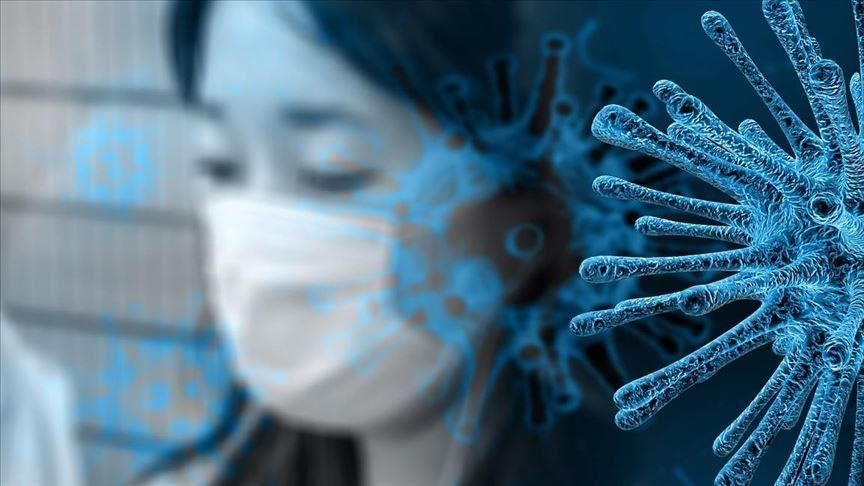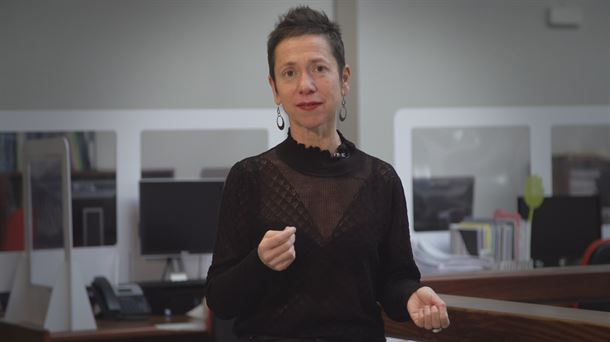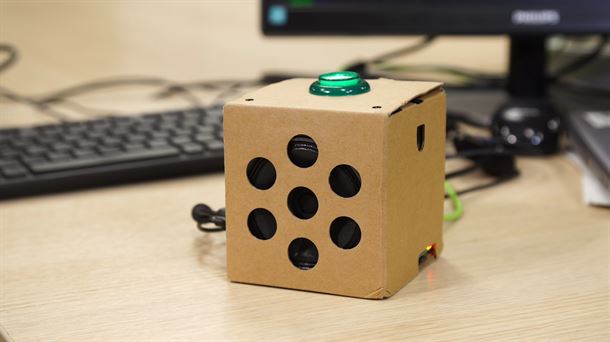The "em>Science" magazine has published a special selection on the lessons of COWEAK-19.
2022/03/10 Galarraga Aiestaran, Ana - Elhuyar Zientzia Iturria: Elhuyar aldizkaria

The journal Science has published a series of articles on the lessons that have left the belief lived in the last two years in different formats: editorial, analysis, debates on decisions and conclusions, scientific research studies…
In the editorial, the author asks if instead of returning to “normality”, we should ask ourselves how to improve normality. It takes as an example the annual flu and tyres, which society considers normal increases and deaths of seasonal cases. Those affected by COFUNCTIONAL -19 have not been considered in the same way. But remember that measures to deal with a plague may be appropriate for others, proof of this is that the flu virtually disappeared in the first year of the pandemic.
He has also stressed that the human being is adapted to the emergencies we detect in the short term (hours, days), for example, the world has responded quickly to the invasion of Ukraine. This is not the case for the long-term climate (months, years). Thus, the author calls on the world to use science with this urgency to bring about great changes. “Old normality is not enough,” he says.
Causes and consequences
In the following articles, they address the causes and consequences of COWEAK-19 from different angles to the authors. For example, using the source, researchers at the University of Sydney look at zoonoses. They have warned that although zoonoses are frequent in human history, indications suggest that they will become increasingly frequent. Therefore, they consider it essential to understand why and how they are produced and establish detection systems for their occurrence in order to prevent and mitigate future pests.
There are also two policy analyses. One of them analyses the situation of low- and middle-income countries. In addition to describing the incidence of vaccine shortages and socioeconomic conditions, these countries have explained their contributions to research and development, from the sequencing of the SARS CoV-2 genome in the South African Republic, where the variant of omicron was identified, to the development of the Covaxin vaccine in India, to see the nasal intake or clinical session of the COV.
The other article analyzes the consideration of the policy approach towards the COWEAK-19. They claim that in most cases they have not taken this into account, but that in cases that have done so it has been beneficial for the whole of society. Thus, they proclaim the need to incorporate the social approach into social policies in the future and make recommendations for this. For example, prioritising women's active leadership and political voice in decision-making structures, including local actors and associations that defend women's rights, as well as people with disabilities.
Finally, research studies have also been published in four areas within this series: epidemiology, immunology and immunopathology, vaccines and research to prevent the next pandemics. All items are available free of charge.
Gai honi buruzko eduki gehiago
Elhuyarrek garatutako teknologia






